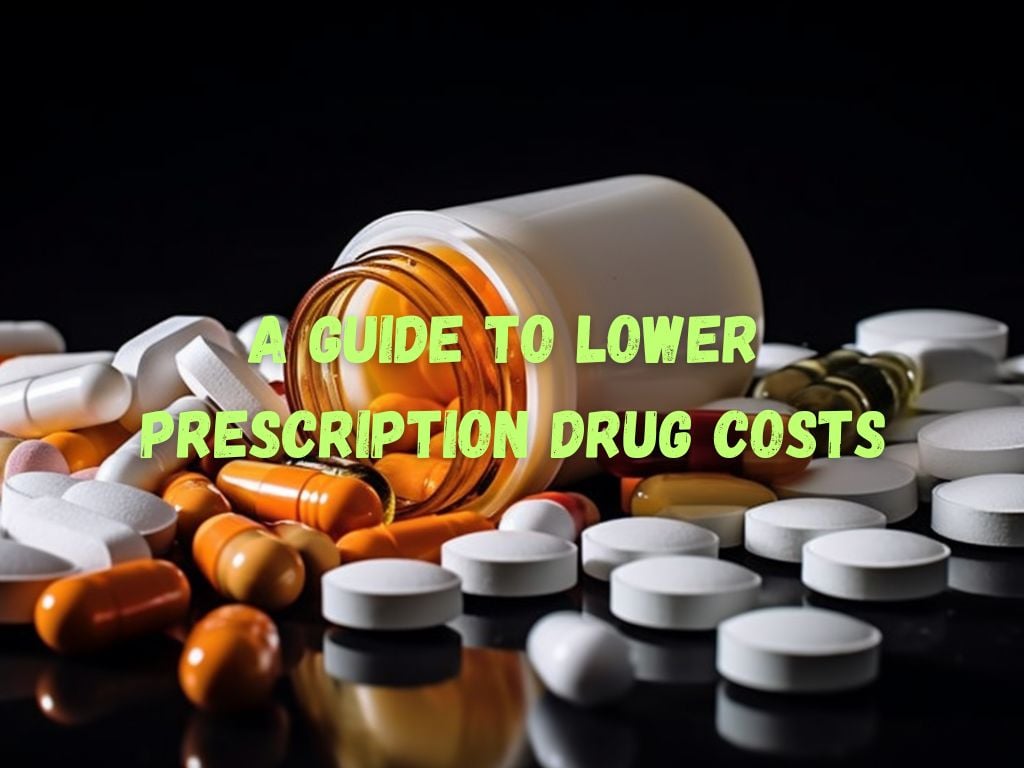State Pharmaceutical Assistance Programs (SPAPs) are government-funded initiatives designed to alleviate the financial burden imposed by high prescription drug costs.
This comprehensive guide aims to provide a clear understanding of State Pharmaceutical Assistance Programs, including their eligibility criteria, associated benefits, different types, application process, and frequently asked questions.
What is SPAP?
State Pharmaceutical Assistance Programs (SPAPs) are government-funded initiatives aimed at providing financial assistance to individuals and families who struggle to afford the high costs of prescription drugs.
These programs are designed to alleviate the financial burden of purchasing necessary medications, making healthcare more accessible for those in need.
SPAPs operate at the state level and can vary in terms of eligibility criteria, benefits, and services offered.
Each state designs its program based on the specific needs and resources available to its residents.
By leveraging negotiated pricing and discounts, SPAPs ensure that participants can access prescription medications at significantly reduced costs.

Eligibility Criteria for State Pharmaceutical Assistance Programs
To qualify for SPAPs, individuals must meet certain eligibility criteria, which can vary by state. However, several common factors are typically considered:
- Income Requirements: SPAPs primarily target low-income individuals and families. Each state defines its income ceiling, below which eligibility for the program is given.
- Residency: SPAPs are designed to assist residents of the state in which the program operates. Applicants must prove their residency through documents such as utility bills or driver’s licenses.
- Age Limitations: Some SPAPs have age restrictions, typically requiring participants to be over 18, or 65 and older.
- Prescription Drug Coverage: In certain cases, SPAPs may have restrictions on the types of medications covered. For example, some programs focus on specific chronic conditions or exclude certain pharmaceutical categories.
It is crucial to review the eligibility requirements defined by the specific SPAP in your state to determine if you qualify for assistance.
Benefits of SPAPs
Enrolling in a State Pharmaceutical Assistance Program can offer several significant benefits, providing relief for individuals burdened by high prescription drug costs.
These benefits typically include:
Lower Prescription Drug Costs
SPAPs leverage partnerships and negotiations with pharmaceutical manufacturers to secure discounted pricing on a wide range of prescription medications. Participants can access these drugs at significantly reduced costs.
Access to Vital Medications
Many individuals struggle to afford necessary medications on a regular basis.
SPAPs bridge this gap by providing access to essential drugs, enabling individuals to effectively manage chronic conditions, recover from acute illnesses, and improve overall health outcomes.
Coverage for Medicare Part D Expenses
Some SPAPs work in conjunction with Medicare Part D plans to offer additional coverage for medications not fully covered by insurance.
This collaboration helps fill gaps in coverage, reducing out-of-pocket expenses for seniors and people with disabilities.
Deductible Assistance
Certain SPAPs provide assistance with meeting deductible requirements for prescription drug coverage.
This support ensures that individuals can utilize their insurance benefits prior to meeting their deductible, enabling them to access medications at reduced costs.
SPAPs can greatly alleviate the financial burden of prescription drug costs, ensuring better health outcomes for participants and promoting overall well-being.

Types of SPAPs
Several types of SPAPs exist, with variations between state-run programs, federally-funded initiatives, and collaborations between federal and state entities.
Understanding these distinctions can help applicants identify the most suitable SPAP for their needs.
State-Run SPAPs
State-run SPAPs are entirely funded and operated by individual states.
Each state has the autonomy to design its program according to the specific needs of its residents.
These initiatives can offer a range of benefits, including discounted prescriptions, deductible assistance, and coverage for Medicare Part D expenses.
Federally-Funded SPAPs
Federally-funded SPAPs receive financial support from the federal government and are typically available to residents of all states.
These programs tend to have consistent eligibility requirements and offer assistance to individuals across the country.
Federal SPAPs are often accessible to people with Medicare coverage, ensuring that a broader population can benefit from lower drug costs.
Partnership SPAPs
Partnership SPAPs are collaborations between state and federal entities. These joint efforts leverage both state and federal funds to provide increased prescription drug cost relief.
Partnership SPAPs often entail collaboration with Medicare Part D plans to offer more comprehensive coverage and reduced out-of-pocket expenses.
How to Apply for SPAPs
Applying for a State Pharmaceutical Assistance Program generally involves the following steps:
Determine Your Eligibility
Review the eligibility criteria specified by the SPAP in your state. Consider factors such as income thresholds, residency requirements, and age limitations. Gather the necessary documentation as proof of eligibility.
Collect Required Documentation
Each SPAP has specific documentation requirements that applicants must fulfill.
Common documents include proof of income (such as tax returns, pay stubs, or statements), proof of residency (utility bills, identification cards), and information about existing insurance coverage.
Complete the Application Form
Obtain the SPAP application form, usually available online or from the program’s office.
Complete all sections of the form accurately and thoroughly, providing the required information and documentation.
Submit the Application
Submit your completed application along with the necessary documentation. SPAPs generally offer various submission methods, including mail, in-person drop-off, or online portals.
Follow the instructions provided by the program to ensure a smooth application process.
Review Application Status
After submitting your application, monitor its progress. SPAPs typically provide a timeframe for processing applications.
If necessary, follow up with the program’s office to verify the status and address any inquiries or additional requirements.
Understanding and following the application process gives a higher chance of successfully accessing the financial assistance provided by SPAPs.
It is important to review the specific guidelines and instructions provided by your state’s program to ensure a smooth and successful application process.

Frequently Asked Questions
Q1: What medications are covered by SPAPs?
A: The coverage of medications under SPAPs can vary. However, most programs cover a wide range of prescription drugs, including necessary medications to manage chronic conditions and acute illnesses.
It is advisable to review the specific formularies provided by each SPAP to assess coverage details and ensure the availability of required medications.
Q2: Can I still benefit from SPAPs if I have private insurance?
A: Yes, individuals with private insurance can also benefit from SPAPs.
In some cases, SPAPs can act as secondary insurance, covering copayments, deductibles, or other out-of-pocket expenses not covered by private insurance. This can significantly reduce the overall cost burden of prescription medications.
Q3: Are SPAPs available in all states?
A: While SPAPs are available in many states, not all states offer these assistance programs. The availability, eligibility criteria, and benefits can vary significantly across different states.
It is recommended to determine the specific SPAP options in the state of residence or consult relevant state agencies for accurate information.
Conclusion
State Pharmaceutical Assistance Programs (SPAPs) play a crucial role in providing financial relief for individuals burdened by high prescription drug costs.
By understanding the eligibility criteria, benefits, types of SPAPs, and application process, individuals can take advantage of these programs to access essential medications at a reduced cost.
To explore further opportunities and determine eligibility, it is advisable to consult the relevant state authorities or access reliable online resources.
Lowering prescription drug costs through SPAPs can significantly improve individuals’ health outcomes, and contribute to overall well-being.
Meta Description: “Learn more about State Pharmaceutical Assistance Programs (SPAPs) that can help you save money on your prescription drugs. ”


 Tags:
Tags:










